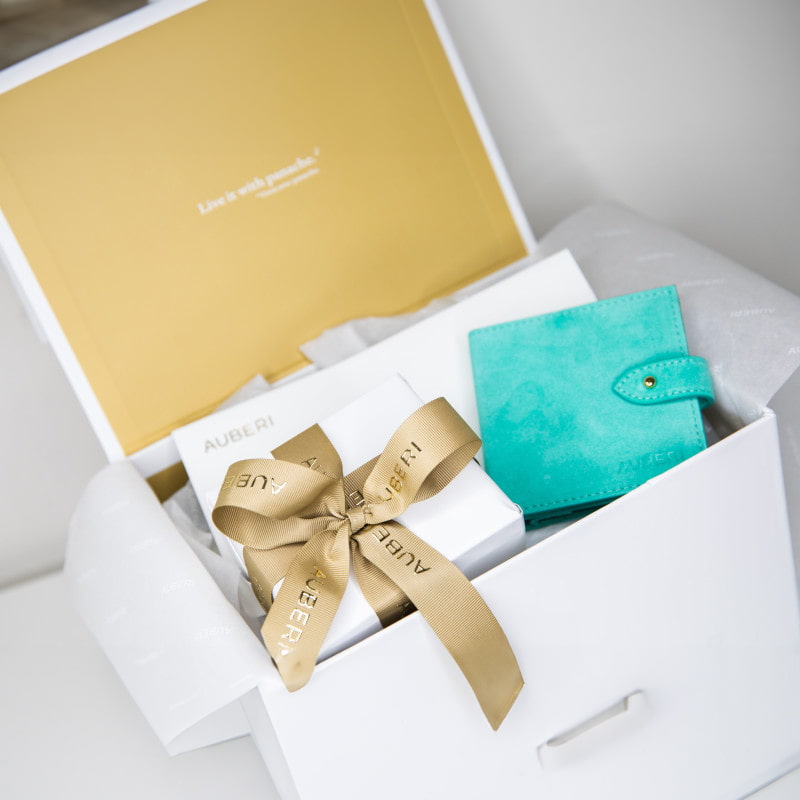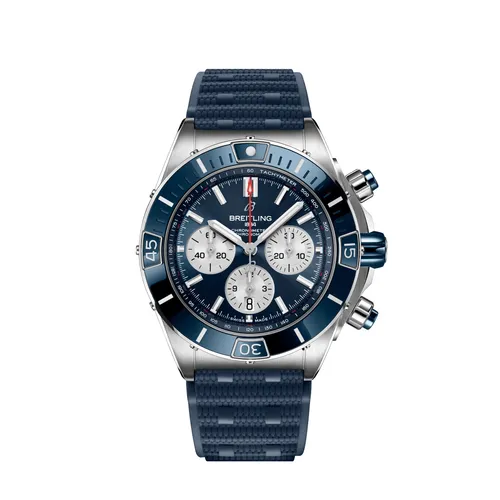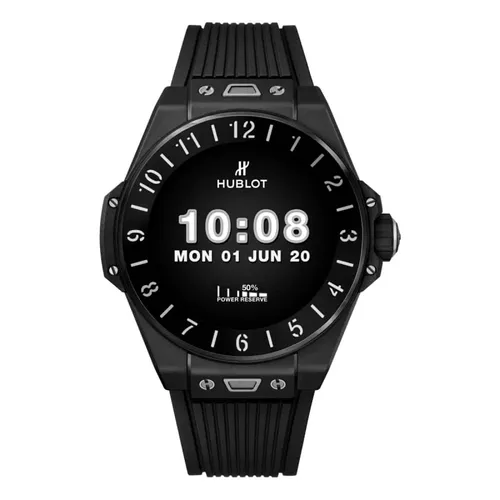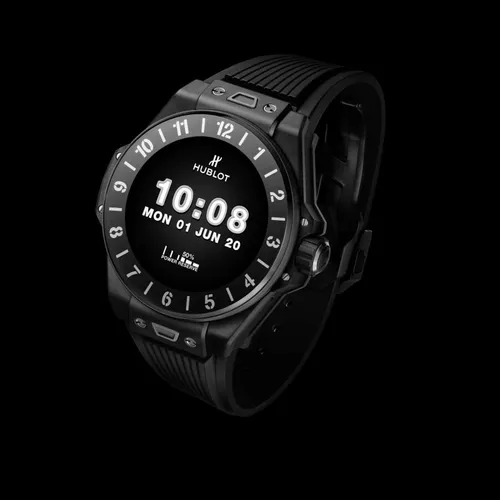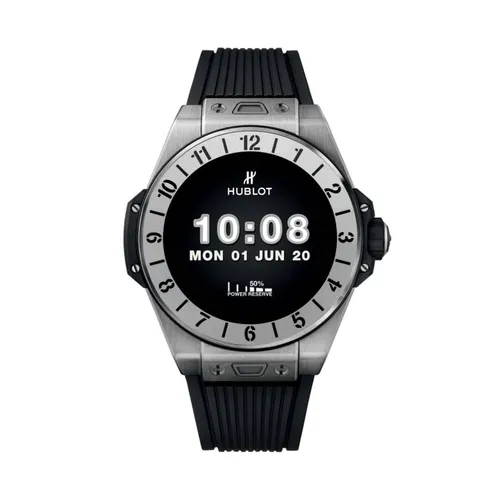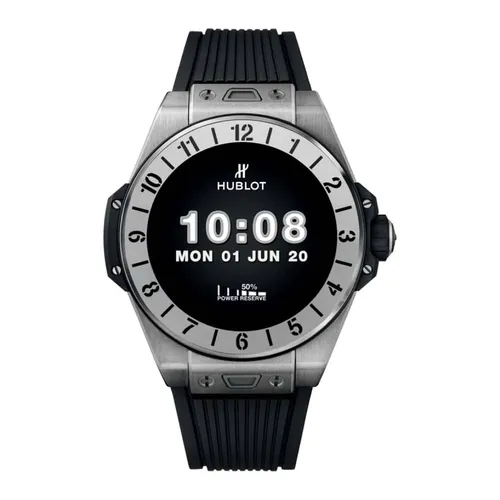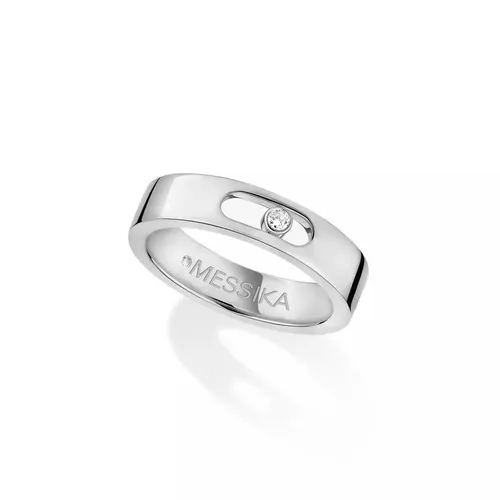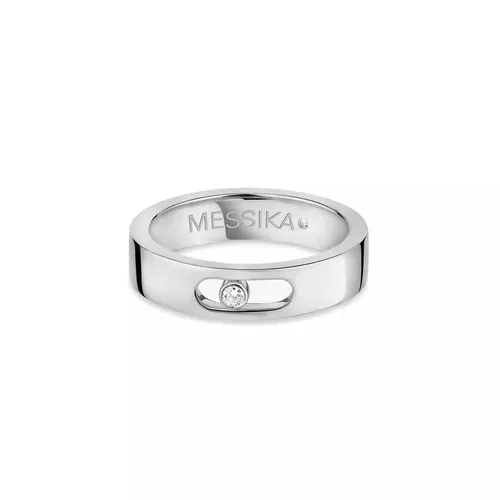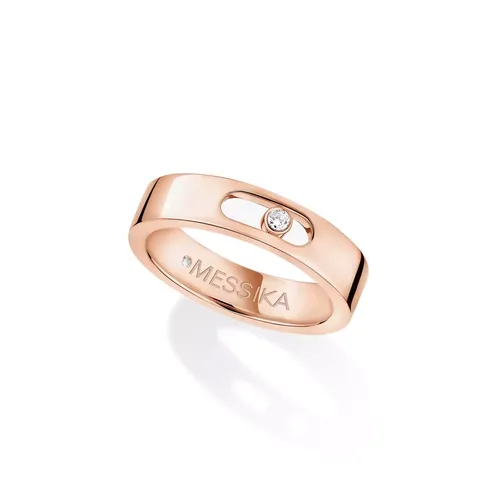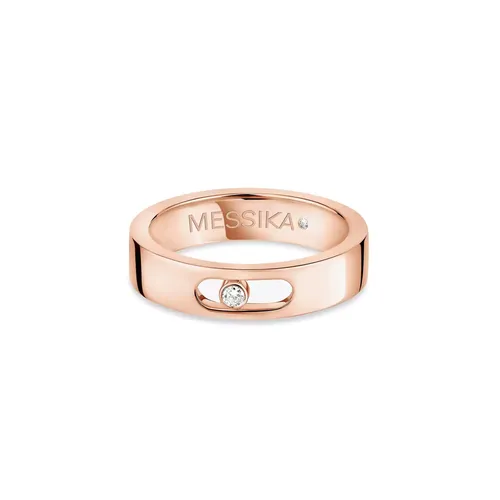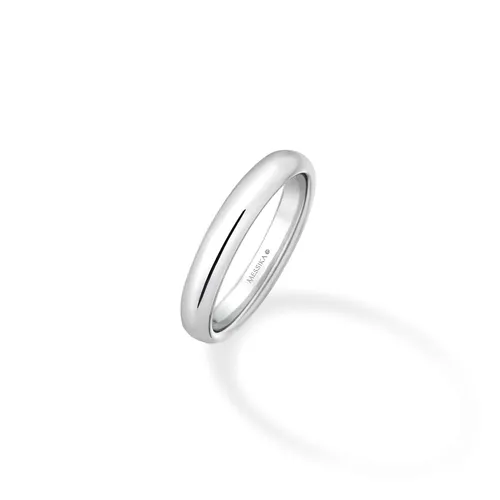Tudor
- All brands
- Rolex
-
Watches
![Tank Must de Cartier XL...]()
![Tank Must de Cartier XL...]()
Tank Must de Cartier XL Model Watch
41 mm steel case, self-winding movement, steel bracelet
5,800 €In stock![Santos-Dumont de Cartier...]()
![Santos-Dumont de Cartier...]()
Santos-Dumont de Cartier Watch Small Model
38 mm steel case, quartz movement, leather strap
4,200 €In stock![Breitling Super Chronomat...]()
![Breitling Super Chronomat...]()
Breitling Super Chronomat B01 44 watch
44 mm steel case, self-winding movement, rubber strap
9,550 €In stock![Omega Chronoscope...]()
![Omega Chronoscope...]()
Omega Chronoscope Chronograph Co-Axial Master Chronometer Watch
43 mm steel case, self-winding movement, leather strap10,000 €In stock![Omega Diver 300M...]()
![Omega Diver 300M...]()
Omega Diver 300M Chronograph Co-Axial Master Chronometer Watch
44 mm steel case, self-winding movement, rubber strap9,000 €In stock![Blancpain Fifty Fathoms...]()
![Paquet Auberi]()
Blancpain Fifty Fathoms Bathyscaphe Watch
43.6 mm ceramic case, self-winding movement, fabric strap14,850 €In stock -
Jewelry
![Messika Wedding Ring Size...]()
![Messika Wedding Ring Size...]()
Messika Wedding Ring Size 52 Diamond Paved Yellow Gold Move Joaillerie
yellow gold, white diamond
4,100 €In stock - Our stores



